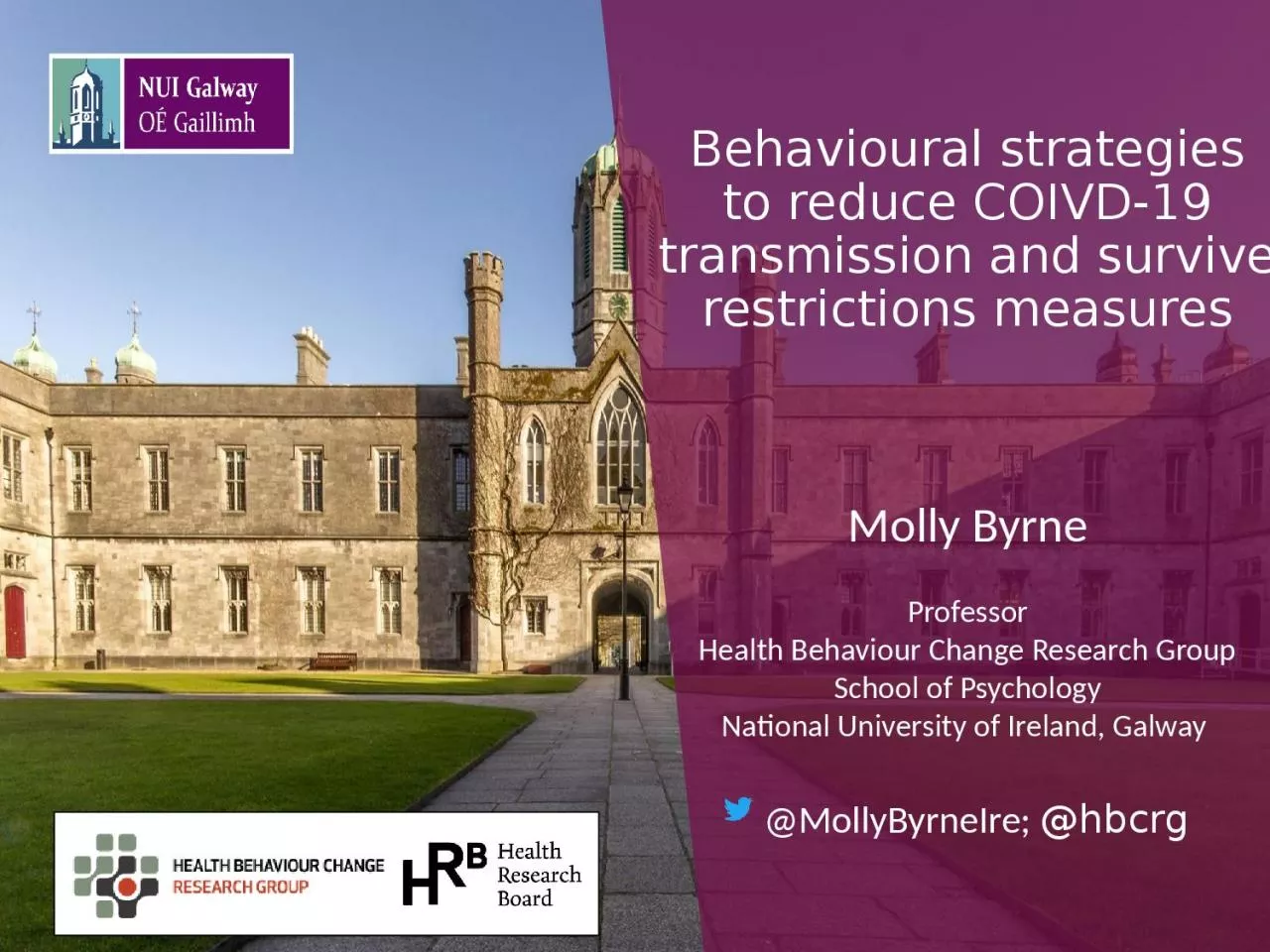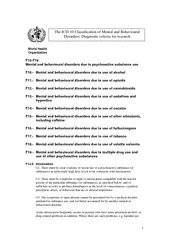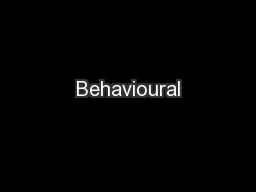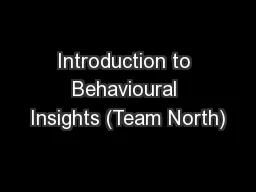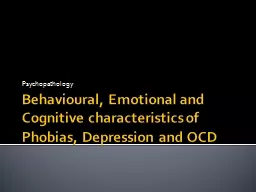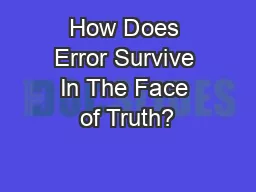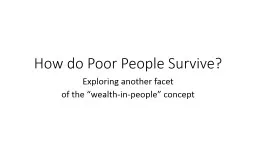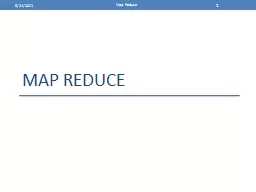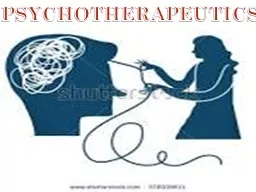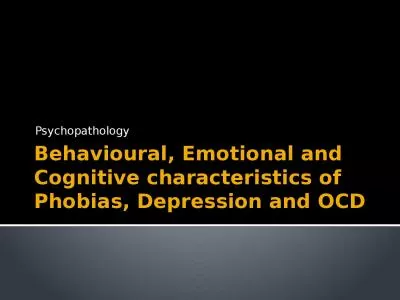PPT-Behavioural strategies to reduce COIVD-19 transmission and survive restrictions
Author : alyssa | Published Date : 2024-01-13
measures MollyByrneIre hbcrg Molly Byrne Professor Health Behaviour Change Research Group School of Psychology National University of Ireland Galway Key questions
Presentation Embed Code
Download Presentation
Download Presentation The PPT/PDF document "Behavioural strategies to reduce COIVD-..." is the property of its rightful owner. Permission is granted to download and print the materials on this website for personal, non-commercial use only, and to display it on your personal computer provided you do not modify the materials and that you retain all copyright notices contained in the materials. By downloading content from our website, you accept the terms of this agreement.
Behavioural strategies to reduce COIVD-19 transmission and survive restrictions: Transcript
Download Rules Of Document
"Behavioural strategies to reduce COIVD-19 transmission and survive restrictions"The content belongs to its owner. You may download and print it for personal use, without modification, and keep all copyright notices. By downloading, you agree to these terms.
Related Documents

